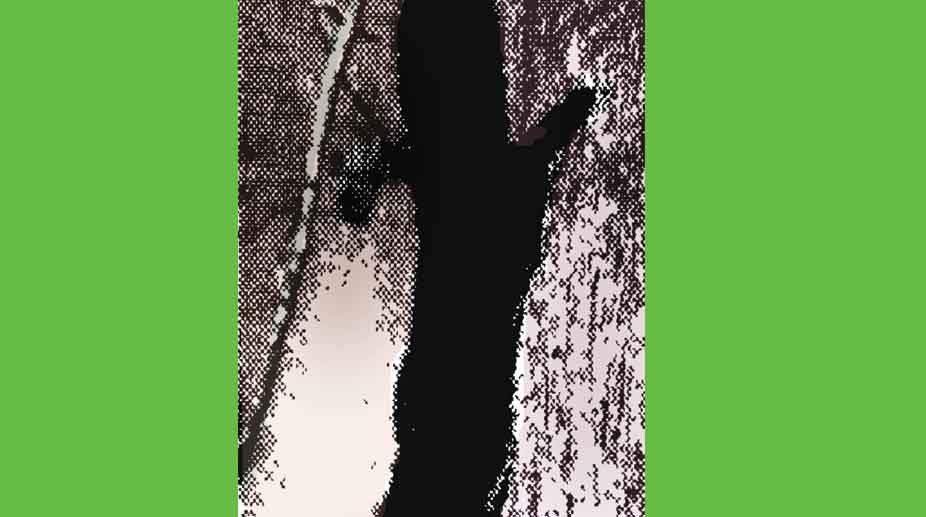Patanjali pan flavour toothpaste: Traditional twist for fresh, herbal smiles
Patanjali introduces its Pan Flavour Toothpaste, blending traditional taste with natural ingredients for effective, refreshing oral care.

What does the word “giant” suggest to you? The largest size in toothpaste? Something outsize and ultimate in sheer bulk and perhaps also something ogrish? Well the giant squirrel is nothing like that though it is so much larger than the familiar little striped squirrel. It is a most attractive creature, graceful and dainty in spite of its size and superbly coloured in the richest chestnut, black and cream-in fact though not the largest of our squirrels (the large brown flying squirrel is a shade larger) it is the handsomest of all squirrels.
It is a pleasure to watch its movements in treetops. It flows along with swift grace and is capable of covering 20 ft in a leap from one tree to another. Some time ago I watched a langur and a giant squirrel racing along the treetops in company apparently just for the heck of it, and the monkey for all its superior size and frenzied energy was only a little faster.
Advertisement
The bests and territorial claims of these squirrels have always interested me, and I was able to observe them over several days last summer-they were going about in pairs then but had no young with them. After a few days I was able to tell the three pairs in the area I was observing from one another and though their territories did overlap to some extent and though they often wandered furlongs away in search of leaf-buds and fruit in the evenings they were always “at home” and as night fell, retired to chosen nests high up.
Advertisement
Midday siesta
There were several of these football-like nests in the territory of each pair. During the day the pair was not always together and sometimes went to different nests for a siesta-more often, however they sought leaf-shade at noon lying perfectly relaxed along a branch with a thick canopy of foliage overhead the broad, dorsiventrally flattened body hugging the curve of the branch and the legs dangling idly on either side and the tail pendent. They were often utterly immobile in this posture for upwards of an hour but not sound asleep.
When feeding they often adopt a stance that leaves both pairs of limbs free balanced not along the thick limb of a tree but right across some twig just stout enough to carry their weight, perched on the twig on their belly with the head and forelimbs dangling on one side, balanced by the pendent hind limbs and tail on the other side. This posture however, is not sustained for a long time and is purely a feeding attitude that leaves the hands free to hold or clutch the young leaves or fruit they are feeding on.
Incidentally, these squirrels can flatten out their bodies to some extent and the breadth of their flattened bodies and long, heavily-haired tails help not only in their leaps from tree to tree, but also when they slip occasionally and fall to the ground from a height breaking the momentum of the fall. All wild giant squirrels unless in poor health, have fluffy tails well covered with hair, so different from the mangy tails of zoo specimens.
Docked in battle
Once, years ago I saw a grant squirrel that had only a stump of a tail apparently having escaped from the enemy like Tam O’Shanter’s mare with the mere loss of this appendage. I watched it for a long time and though it was in company with another squirrel with a luxuriant tail it did not seem greatly handicapped by the loss of its balancer.
What enemies do these forest-living squirrels have? They are highly arboreal and though quite at home on the forest floor seldom descend to the ground-when the termites swarm though, they come down to catch the insects close to the ground. We have few diurnal hunters that can chase and capture these nimble creatures in the treetops to which they prudently keep. But being strictly diurnal the giant squirrel is very vulnerable at night and maybe previous occasionally take them from their rests, as a Malaisar once assured me they do.
The greater owls in particular the eagle-owls, do hunt them at night and even by day they are not safe from the larger birds of prey I once saw a crested rawk-eagle carrying a dead giant squirrel in its talons.
Man seems to be their chief enemy. All forest tribes hunt this squirrel in many ways most of them cruel and are usually so furtive in their hunting that few get to know about their love of giant squirrel flesh. In most places these squirrels are extraordinarily shy of man-and no wonder, it is a real pity, for if left in peace and judiciously encouraged, they soon lose their fear of humanity and become almost semi-tame, and in our sanctuaries few animals can be more charmingly attractive to the visitor than these beautiful, confiding squirrels.
This was published on 14 November 1966
Advertisement